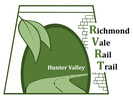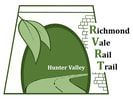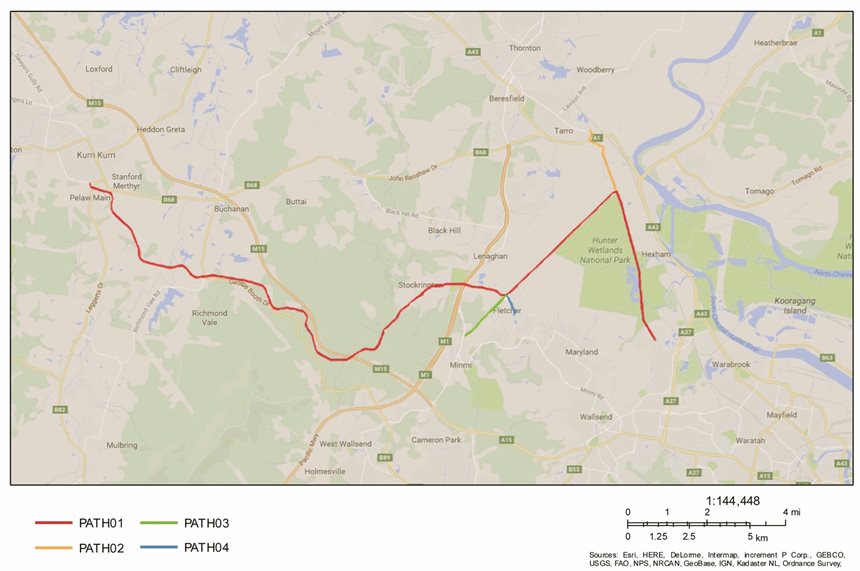Proudly supported by the Donaldson Conservation Trust
Abstract
Active Travel: A Paradigm Shift for (Active)Transport Infrastructure.
Newcastle, heart of the Hunter, is subject to a range of strategic plans for improving the CBD and the region as a major population centre for NSW over the next 20-50 years. The subsequent urban revitalisation is an opportune time for improving a city’s liveability. Active Travel is a key component of liveability. Active Transport Infrastructure investment (like the CycleSafe Network) provides beneficial connections for economic, environmental and community/population health.
Reviewing where people are going to live and how people are going to move between Newcastle and surrounding urban, commercial and residential centres is critical when advocating for Active Transport, and would deliver cycling (or at least mode-share) for a daily commute as a norm and cycling for recreation and economic advantage will grow from this.
The narrative of encouraging people to consider active travel (which is the mix of walking, cycling and public transport) as a real behaviour/lifestyle change invites discussion about potential paradigm shifts in decision-making policy for walking and cycling to be seen as legitimate transport options in a smart city of the future, urban design & redesign and recreational or tourism facilities, like the RVRT.
Active Travel: A Paradigm Shift for (Active)Transport Infrastructure.
Newcastle, heart of the Hunter, is subject to a range of strategic plans for improving the CBD and the region as a major population centre for NSW over the next 20-50 years. The subsequent urban revitalisation is an opportune time for improving a city’s liveability. Active Travel is a key component of liveability. Active Transport Infrastructure investment (like the CycleSafe Network) provides beneficial connections for economic, environmental and community/population health.
Reviewing where people are going to live and how people are going to move between Newcastle and surrounding urban, commercial and residential centres is critical when advocating for Active Transport, and would deliver cycling (or at least mode-share) for a daily commute as a norm and cycling for recreation and economic advantage will grow from this.
The narrative of encouraging people to consider active travel (which is the mix of walking, cycling and public transport) as a real behaviour/lifestyle change invites discussion about potential paradigm shifts in decision-making policy for walking and cycling to be seen as legitimate transport options in a smart city of the future, urban design & redesign and recreational or tourism facilities, like the RVRT.
Presentation
Active Travel: A Paradigm Shift for (Active)Transport Infrastructure
Presented on 27th September 2017 at the Active Transport: The Richmond Vale Rail Trail Conference (2017)
| 1110_170927_deborah_moore_active_travel_conference_all.pdf | |
| File Size: | 1591 kb |
| File Type: | |




